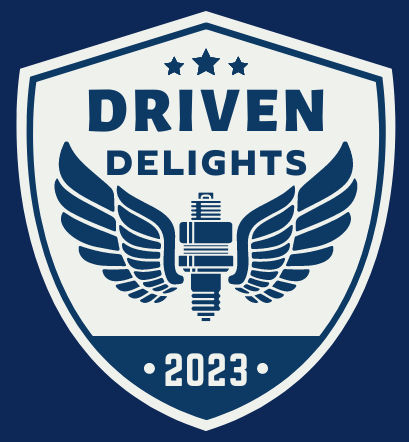Introduction
Imagine yourself enjoying the excitement of adventure while driving along a long, open road with the wind in your hair. Riders all around the world get excited by motorcycles because they historically represented a feeling of thrill and freedom. However, have you ever wondered “Why Motorcycles are not Allowed on Expressways?” This blog will go into the reasons for this ban, exploring the safety issues and particular difficulties motorbikes present on high-speed roads.
Table of Contents
“Why Motorcycles Are Not Allowed On Expressways?”
Safety First: The Heart of the Matter
Expressways, usually referred to as highways, are built to make it easier for vehicles to move a great deal of traffic quickly. Their main goal is to link cities and areas, allowing quick and easy transportation. To avoid accidents and maintain the safety of all road users, strong safety laws are necessary.
Despite being an exciting form of travel, motorcycles don’t naturally have the same protection structure that cars and trucks do. They don’t have impact areas, airbags, or seat belts, which are vital car safety equipment. Motorcycles are far more likely to cause accidents due to the variations in design, especially at high speeds.
Speed & Stability: A Delicate Dance
Expressways are like the dance floors for cars and trucks. They know how to dance at high speeds while staying perfectly balanced. Expressways were designed to handle the high speeds that some cars may reach, which can surpass 70 mph (110 kph). Because of their stable and balanced design, cars and trucks can stay in control even at high speeds. Motorcycles, on the other hand, are more likely to become unstable due to their two wheels. Motorcycles are more liable to unexpected movements or strong winds.
Issues with stability get worse by motorcyclists shorter wheelbases when as opposed to cars. This can make it difficult for motorcyclists to move safely alongside heavy cars traveling at high speeds. This can increases the risk of crashes and accidents.

Interaction with Other Traffic
Expressways are famous for their high car crowding and heavy traffic amount. On these highways, cars and trucks are likely to be bigger. It can limit their view of smaller vehicles and makes it more difficult for them to measure the speed and distance of motorbikes. Due to their smaller size, motorcycles are more likely to be overlooked in traffic. The high-speed environment of expressways increases this problem.
Because of the poor visibility, it could be deadly for cars to miss motorcycle riders changing lanes, merging, or braking. As a result, accidents can occur as a result of poor exchanges between different vehicle types.
Performance and Access Points for Motorcycles
Motorcycles are built to perform well in urban and suburban environments, where their mobility and agility shine. The pressures placed on motorcycles on expressways, however, might be very different. Many motorcycles’ effectiveness can be tested by sudden acceleration, deceleration, and high-speed cruising, which could result in mechanical failures or accidents.
Expressways frequently have complicated ramps, combines, and interchanges that need for right vehicle control and combining their efforts. Motorcycles may find it difficult to safely negotiate these complex road designs, risking both the rider and other road users.

Terrible Figures
Although motorcycles are not allowed on highways in India but yet two-wheelers have claimed the highest number of lives (nearly 70,000 people) in road accidents in the country during 2021. According to the latest report of the National Crime Records Bureau (NCRB), as many as 1,55,622 people lost their lives due to road accidents in 2021.
“During 2021, two wheelers have accounted for maximum fatal road accidents (69,240 deaths), contributing 44.5% of total road accidental deaths, followed by cars (23,531 deaths) (15.1%) and trucks or lorries (14,622 deaths) (9.4%),” the report said.
Conclusion
Although it can be difficult to ignore the feeling of freedom and adventure that motorcycles conjure, the decision not to allow them on expressways is based on both practical grounds and safety concerns. Motorcycles are not well-suited for areas where expressways are created for high-speed, effective, and safe the journey. The lack of safety structures, stability issues, interactions with other vehicles, and performance specifications for high-speed travel all play a part in the decision to ban motorcycles from those roads.
There are countless beautiful roads that provide the ideal environment for your journey if you’re a passionate motorcyclist. Always focus on safety, and knowing the reasons behind highway restrictions will help us make wise decisions about our motorcycle travels.

